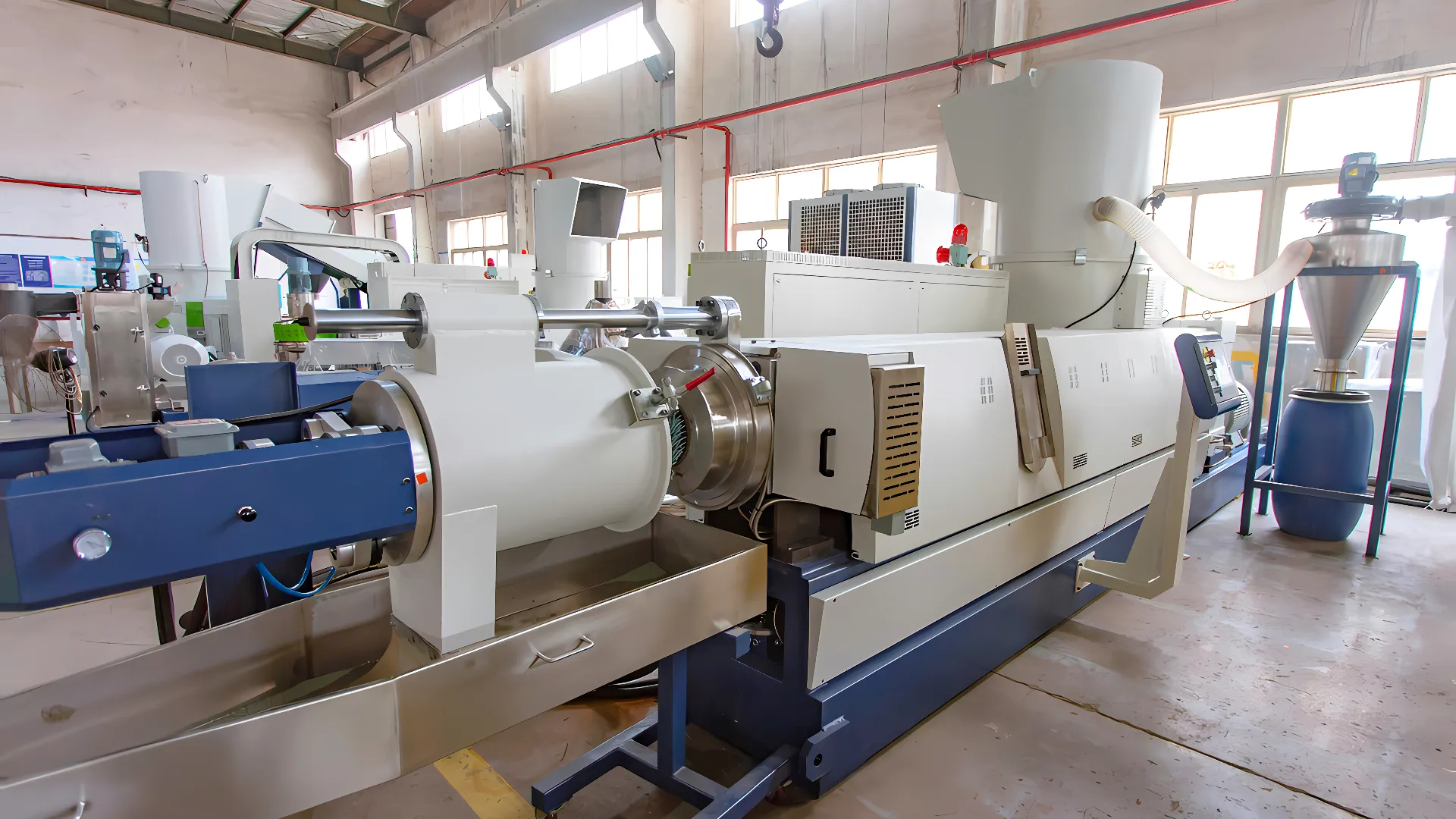Erläuterung zu Einschnecken-Pelletiermaschinen für Kunststoff

Unsere modernen Einschnecken-Kunststoffpelletierer mit Heat Wave Stabilization™ produzieren hochwertige Kunststoffpellets, indem sie eine gleichmäßige Wärmeverteilung über die gesamte Länge des Zylinders gewährleisten. Dieser energiesparende Pelletierer ist erhältlich...


